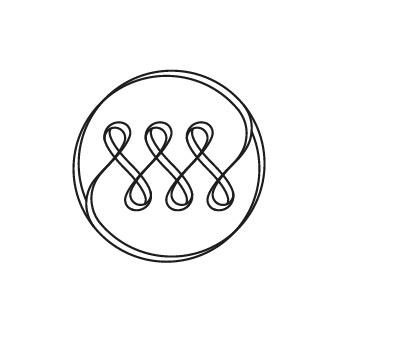Throughout the Design Taxonomy, various concepts create synergies to complement the idea of design as a tool for change. I also want to integrate Mau's (2004) ontological theory of ‘massive change’ declaring “is not about the world of design, but the design of the world.” In this sense, design's axiology network must stress inclusiveness, diversity, and secularity to expand its impact.
Inclusivity is the integration of diversity in multicultural and multidisciplinary groups with respect and humility. Design is advocating for these values and embedding them in its practice. Yet the strain of acknowledging we all have a cognitive bias (Kruger & Dunning, 1999) can create division in the pursuit of common goals. This division can affect the design process, making it dampen. As infinite learners, designers have to be beginners at any stage of the ladder.
In a collaborative context, equality in design seems to be the engine of efficiency. Fortunately, more organizations are trying to integrate horizontal and transversal operations. Improving the meta-poietic and ecopoetic mindsets in teams to validate meaning in the current secular conditions the world is facing (Dreyfus & Kelly, 2011). Whilst being a committed member of a secular society develops openness. It builds upon a designer's ethical code.
Constructing on Harari's (2018, p. 399) idea of an ethic's code, design can also include “values of truth, compassion, equality, freedom, courage, and responsibility” for the preservation of all species and ecosystems. Making humanity and every other living being prosper. Consequently, design ethics has to push design, ecology, and politics towards the Ecocene. Designers must accept culpability if they don't communicate or intervene to correct issues in their proposals. Like being aware of the "negative environmental, health or design life performative consequences, or lack of compliance to legislation" (Fry, 2015, p. 146).
Gregory Bateson (1987) coined the concept of Epistemic Error. Bateson constructed an argument that people's picture of reality is as imperfect as reality itself. He argues that society is governed by knowledge known to be incorrect and damaging the ecosystem through multiple unsustained actions. The lack of engagement to correct these actions from designers is worse than the unstained performance of the act itself. Ecological theorist, Aldo Leopold, summarized ethics on a single premise: “that we are members of a community of interdependent parts" (Boehnert, 2018; Leopold, 2001 [1949], p. 98). Concluding his argument by emphasizing that the only right actions are the ones that preserve the biotic community of this planet. As designers, this has to become the number one priority in our contemporary practice. To create a Safe Space for the future, designers must understand, empathize, and be wholly inclusive with disrupting technologies at varying levels.
References:
· Bateson, G. (1987). Steps to an ecology of mind : collected essays in anthropology, psychiatry, evolution, and epistemology. Northvale, N.J.: Aronson.
· Boehnert, J. (2018). Design, Ecology, Politics: Loughborough University.
· Dreyfus, H. L., & Kelly, S. (2011). All things shining: reading the Western classics to find meaning in a secular age. New York: Free Press.
· Fry, T. (2015). The Voice of Sustainment: Design Ethics as Futuring. Design Philosophy Papers, 2(2), 145-156. doi:10.2752/144871304x13966215068038
· Kruger, J., & Dunning, D. (1999). Unskilled and Unaware of It: How Difficulties in Recognizing One's Own Incompetence Lead to Inflated Self-Assessments. Journal of Personality and Social Psychology, 77(6), 1121-1134. doi:10.1037/0022-3514.77.6.1121
· Mau, B. (2004). Massive change. London: Phaidon.
· Bateson, G. (1987). Steps to an ecology of mind : collected essays in anthropology, psychiatry, evolution, and epistemology. Northvale, N.J.: Aronson.
· Boehnert, J. (2018). Design, Ecology, Politics: Loughborough University.
· Dreyfus, H. L., & Kelly, S. (2011). All things shining: reading the Western classics to find meaning in a secular age. New York: Free Press.
· Fry, T. (2015). The Voice of Sustainment: Design Ethics as Futuring. Design Philosophy Papers, 2(2), 145-156. doi:10.2752/144871304x13966215068038
· Kruger, J., & Dunning, D. (1999). Unskilled and Unaware of It: How Difficulties in Recognizing One's Own Incompetence Lead to Inflated Self-Assessments. Journal of Personality and Social Psychology, 77(6), 1121-1134. doi:10.1037/0022-3514.77.6.1121
· Mau, B. (2004). Massive change. London: Phaidon.
